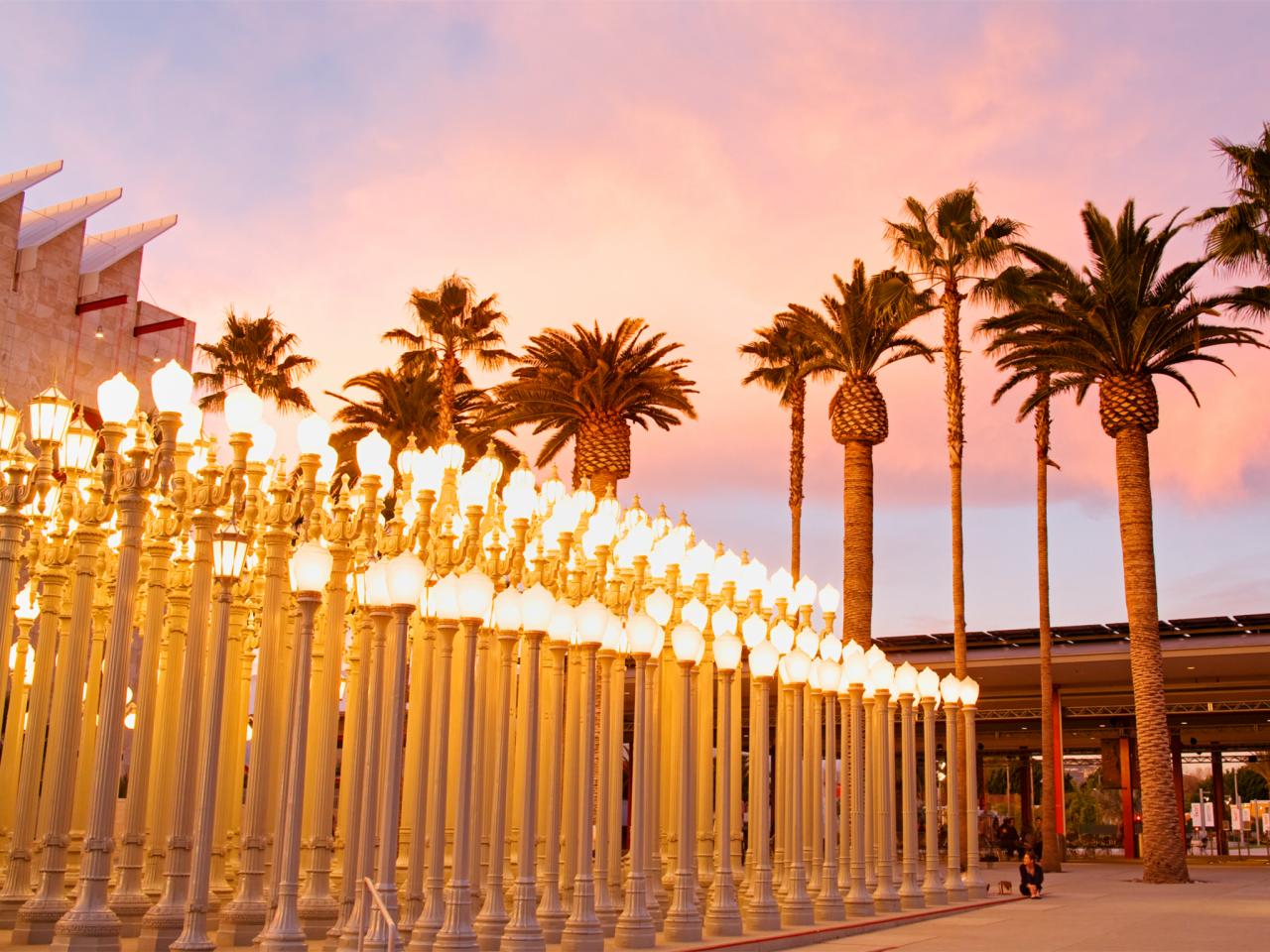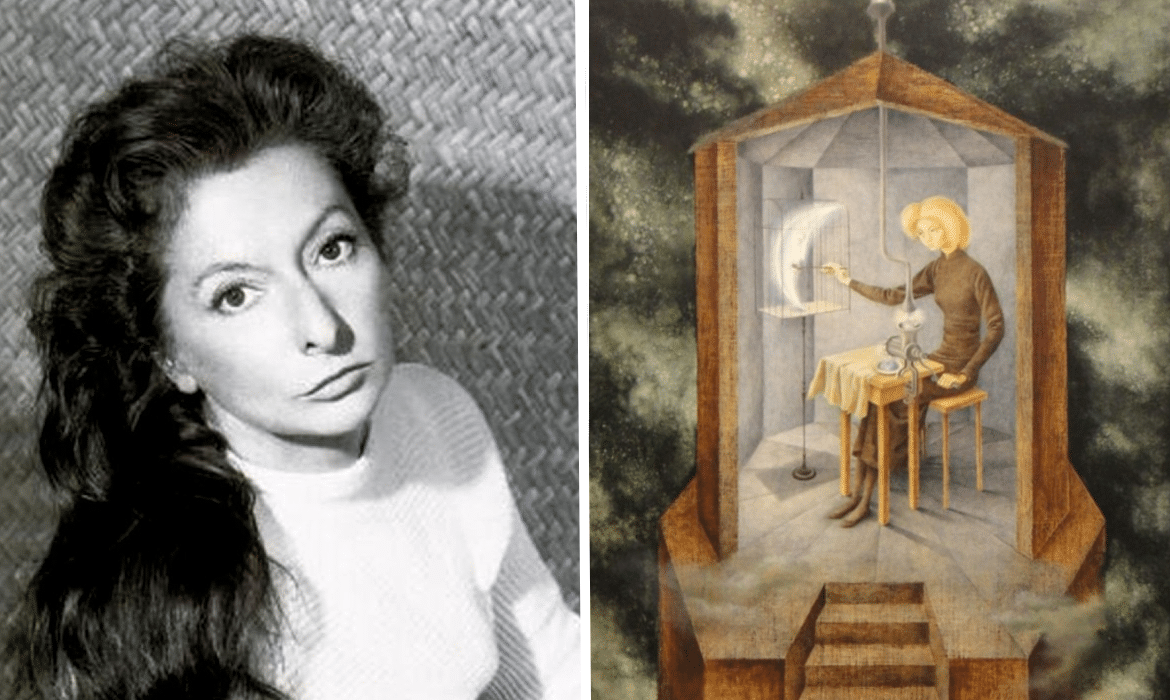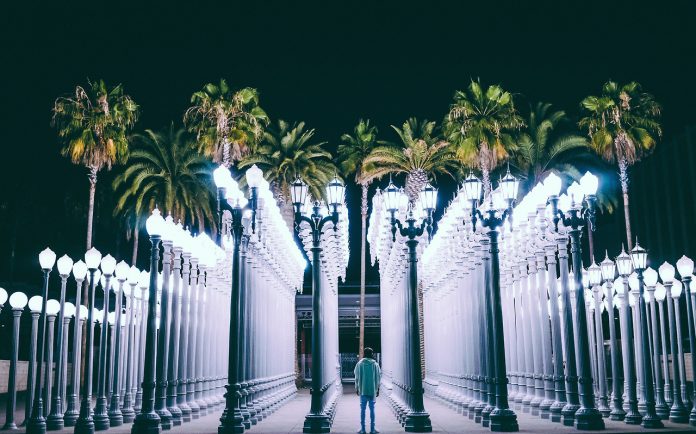A museum of international importance as well as a vital cultural center for Southern California, LACMA shares its vast collection with the greater Los Angeles County and beyond through exhibitions, community programs, and research institutions that attract over 1.5 million visitors annually in addition to service- millions more through community partnerships, school curricula, and creative digital initiatives.
The main LACMA campus is located halfway between the ocean and the city center. LACMA collaborates with a variety of curators, educators, and artists on exhibitions and programs at various sites throughout the county.
Los Angeles County Museum of Art is a world-class complex – its exhibitions, social and interactive programs attract over a million visitors a year. LACMA is considered one of the most visited and significant art museums in the world.

LACMA has a collection of over 150,000 objects ranging from antiquity to the present day, spanning the entire world and nearly all of art history.
Until 1961, the Los Angeles County Museum of Art was part of the Los Angeles Museum of Natural History, founded in 1910 in Exposition Park near the University of Southern California.
The spun-off museum’s early patrons were Howard F. Ahmanson, Anna Bing Arnold, and Bart Lytton. Ahmanson made a $ 2 million donation, convincing a special commission to create a new museum. In 1965, the museum moved to a building on Wilshire Boulevard, becoming the largest museum after the National Gallery of Art.
It was built in a style similar style to Lincoln Center and Los Angeles Music Center and consisted of three buildings-Ahmanson Building, Bing Center, and Lytton Gallery (renamed Frances and Armand Hammer Building in 1968).
In the 1980s, the museum was generously funded by donations – $ 209 million in private funding was raised during Earl Powell’s tenure as director. Until now, new pavilions have been created in the museum, the adjacent territory has been improved and modern infrastructure has been created.
The vast museum complex LACMA consists of nine buildings. Of the greatest interest are the halls of American, Japanese, Latin American, Pacific, European, Asian art, as well as the Contemporary Art complex. Temporary unique exhibitions are constantly opened on the territory, there is a frequent change of expositions. LACMA collections cover the whole world and almost all eras.
The Los Angeles county museum of art is especially proud of its collections of Asian, Latin, and Islamic art. LACMA Los Angeles is under constant renovation, with premises opening / renovating, exhibitions changing frequently, and curious projects being implemented.
For example, in 2008, the Broad Contemporary Art Museum (BCAM), which opened in February 2008, appeared on the basis of LACMA as part of a project to renovate the complex. Very quickly, BCAM, the first museum built in the city since the Getty Center, became a major attraction at LACMA. And this is a clear indication that Los Angeles’ status as a cultural center of the United States is constantly growing.
In the lobby, there is a massive 1967 Smoke sculpture by Tony Smith. One of the floors displays works by artists from 1900-1980, many of which came here from the collection of Janice and Henry Lazaroff. In general, the Broad Museum of Contemporary Art boasts an excellent collection of works by artists from the last century, including such names as Kandinsky, Klee, Picasso, and Degas.
Today, thanks to LACMA Los Angeles and BCAM, the city’s status as the country’s cultural hub is growing steadily.
The main buildings of the LACMA Los Angeles Museum are:
- Hammer Building – ancient world, Korean art;
- Art of the Americas Building – American and Latin art, special exhibitions;
- Pavilion for Japanese Art – Japanese art;
- Ahmanson Building – Contemporary Art; the art of Asia, Europe, the Pacific Ocean, Islam;
- Broad Contemporary Art Museum (BCAM) – contemporary art;
- Resnick Exhibition Pavilion – special exhibitions;
- LACMA West.
Also worth noting is the Urban Light installation – one of LACMA’s trademarks – 202 lanterns installed at the entrance, which light up every evening and illuminated the streets of Southern California in the 1920s and 1930s. This composition is located at the entrance of Wilshire Boulevard.

Permanent exhibitions include Chris Burden’s installation Metropolis II, which showcases a model of a modern city with 1 million cars per hour moving along the streets. The Resnick Pavilion hosts a permanent exhibition of Breath of Light by one of Southern California’s most iconic artists, James Tarrell.
Also, do not forget to go to the north lawn to the huge thousand-year-old boulder overlooking the trench. Sculptor Michael Heizer moved it from a quarry in the Los Angeles suburbs so that museum visitors could view the stone from every angle.
The American Art Exhibition in the Los Angeles county museum of art includes unique pieces from the pre-Columbian era and paintings by contemporary artists from Latin America such as Diego Rivera, Frida Kalas, and José Clemente Orozco. A separate pavilion is reserved for specialized temporary exhibitions that are held here regularly.
An example of unusual architecture is the building of the Los Angeles County Museum of Art. Its building has a bizarre layout; in the courtyard, you can see an original composition of lampposts.

Key paintings of the museum: Renoir “Girls Reading”, “Cotton Pickers” by Homer, a collection of works by the Japanese artist Shinenkan.
With the support of the Film Independent and The New York Times, it hosts documentaries and retrospectives of Hollywood classics. The museum also hosts over a hundred concerts annually with the participation of renowned international and local performers. The program includes jazz, classical, Latin American, and contemporary music.

LACMA Los Angeles is a huge museum complex. About half of it is occupied by contemporary art exhibitions. The architectural image is complemented by slender palm trees.
Remedios Varo and her unique world of magical dreams

Remedios Varo studied at the monastery school, where her freedom-loving moods were not welcomed. As, however, and the relationship of a girl with a rich imagination to magic and magic.
She painted her first paintings-portraits of family members and friends at the age of 14-15. At the age of 15, she passed difficult exams and entered the Spanish Academy of Arts. It was very difficult to get into this Academy (especially for a woman): in addition to a difficult exam, the test included a lot of sketches in charcoal, chalk, and watercolors, which the applicant had to submit to the commission. By the way, at that time, Salvador Dali was already studying there.

In Varo’s paintings, there are no insane distortions of forms, they are delicate and graceful, like their author, and are perceived more like illustrations for some fantasy book, rather than crazy dreams.
Remedios Varo painted most of her works in oil on masonite. The material pressed without glue is similar to natural wood but denser and more resistant to external influences.

Varo handled and prepared sheets for paintings herself. Thanks to the structure of the tree, her paintings acquired even greater mystery, forest ghosts and the shadows of tree spirits became more vivid and expressive.

It seems to me that this autobiographical picture symbolizes Varo’s marriage as a liberation from the oppression of the family, the beginning of a new life.
In her work, Varo, like all artists, experienced the influence of other artists. So, in the paintings of Remedios Varo, you can see the obvious similarity of style with Bosch. In addition, Varo was very fond of the work of artists such as Goya, Bruegel, and El Greco.
After 1949, Varo found her own remarkable style and became a discovery for Mexican culture since her first solo exhibition at the Galerias Diana in 1956.
A certain imprint on the paintings of Remedios Varo was imposed by Mexican art, you can also see some parallels with the work of Frida Kahlo. But perhaps the most influential artist on Remedios Varo’s paintings was Eleanor Carrington.
Philosophy, mysticism, occult movements, and Catholicism also had a significant influence on the paintings of Remedios Varo. And more often than not something creative, serious, infinitely important, and meaningful.
Varo’s paintings are rich in detail, executed with the highest level of craftsmanship, and are not always easy to understand. But they do not let the viewer go, forcing him to admire their quiet radiance again and again, like precious stones in a magical fairy box.

























